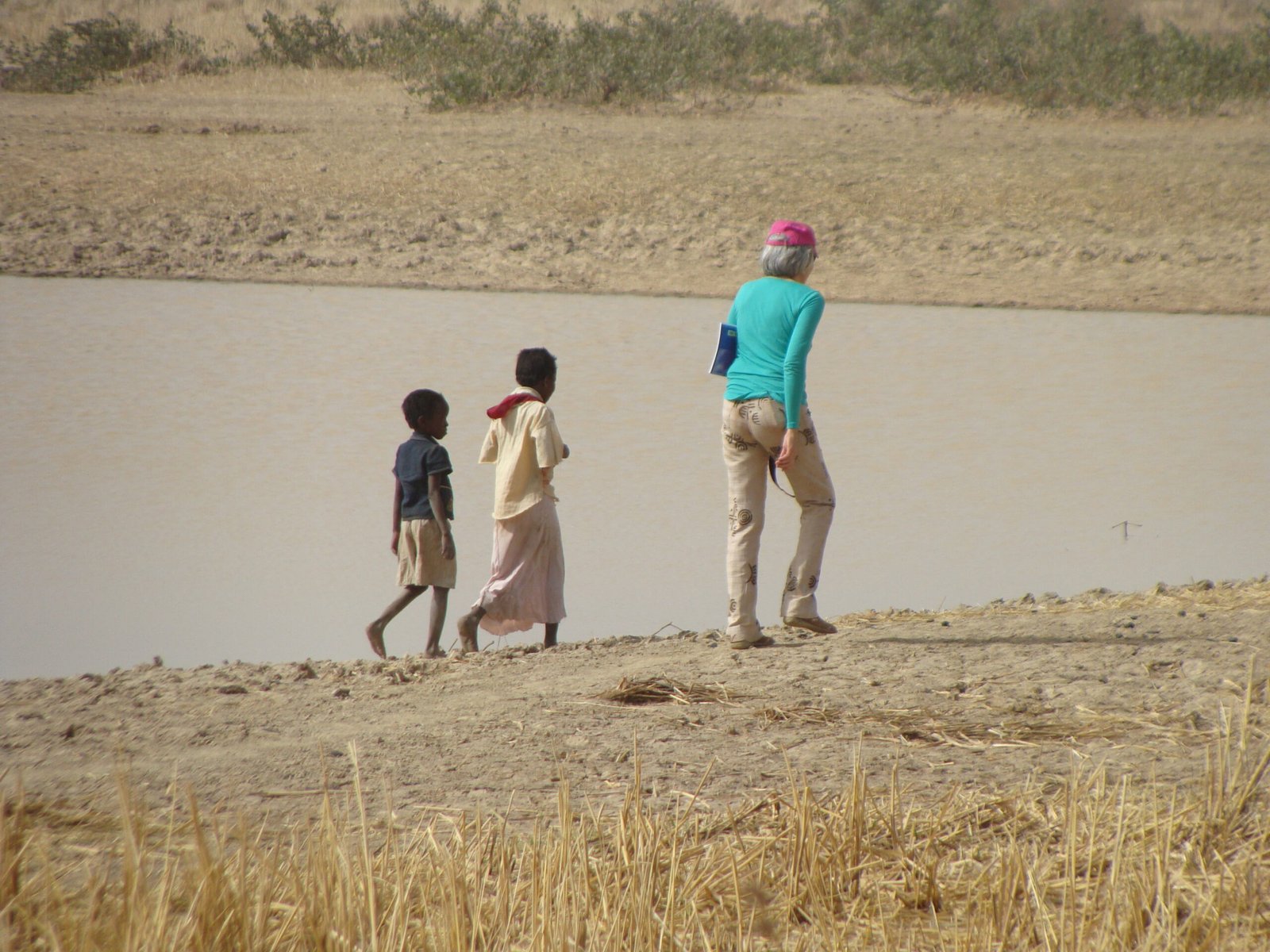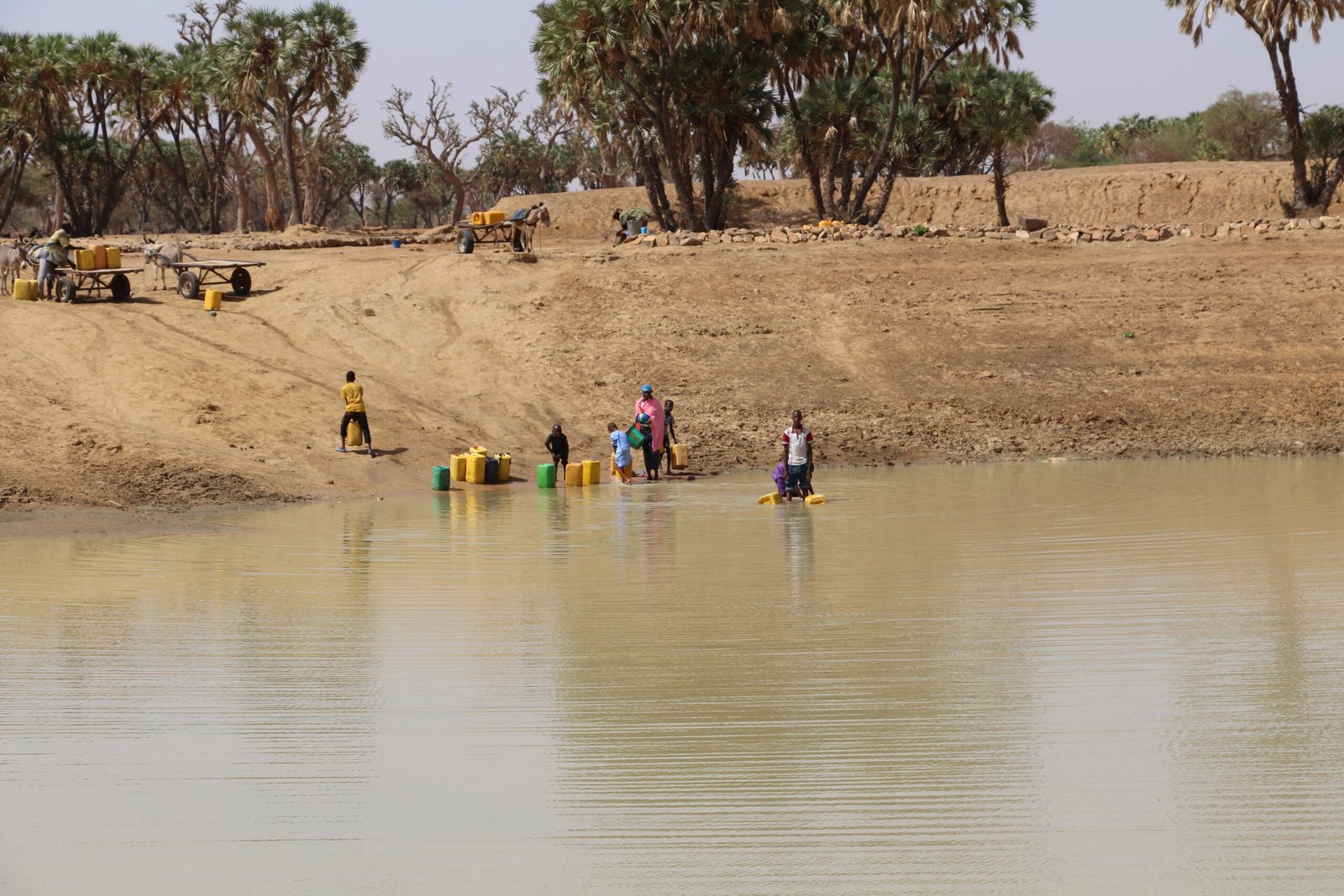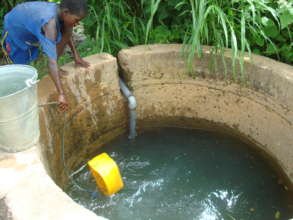Building Rainwater catchment Basin
Satellite Imagery Approach
The satellite-based information is utilized to pinpoint basin location suitable to catch runoff water and will facilitate an increase in surface water availability and groundwater recharge storage.
Local people are at the heart of all our project from the conception to the completion. They actively participate the decision-making process, in the conception phase, design, and construction.
The innovation is to deploy satellite –aid design imageries technologies for supporting village communities for implementing hydraulic derivation structures that will capture rainwater for small garden and domestic use.
Criteria
- First we operate based on requests from villagers
- Conduct participative discussion with local communities to gather information, and prioritize issues.
- Conduct focus discussions to gather information on the socio-economic activities
- Determine if the village has already a water pond or cat
- Record the number of wells, and collect their GPS coordinates
- Other indicators are the dynamism and motivation of the population (their willingness to participate in the process is a key factor to the successful completion and maintenance of the project).
.

First Rainwater catchment Basin
The original rainwater catchment basin was envisioned, developed, and built by Community Building Group together with the residents in the village of Sisene, Burkina Faso in 2008. Success is realized by the 2,000 residents using the 6,000 cubic meters of water from their new basin – available to them every day since the initial rainfall in 2008. With the basin water, the aquifer was restored, the water table raised, six formerly dry wells now have water, and families are healthier and able to send their children to school.
A well-designed village rainwater catchment basin collects runoff water in a suited emplacement and topography; stores it; and makes water available year-round for agriculture, economic development, and improving rural health.






This project tapped into groundwater resources (dugs wells and borehole) and surface rainwater collection (runoff harvesting). This is a straightforward high-impact solution to foster local people’s adaptive capacity to build resilience to climate change by improve access to water, then clean it, and use part of it for small farming with adapted irrigation technologies.

The basin raised the water table

